
North Pacific Black-legged Kittiwake (Rissa tridactyla pollicaris)
Birds Around Las Vegas, Wildlife Around Las Vegas
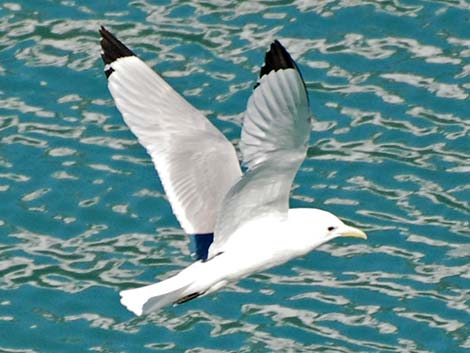 Black-legged Kittiwake Adult |
General Description: Black-legged Kittiwakes (Rissa tridactyla) are small gulls that are light gray above and white below. In breeding adults, the bill is small and yellow, the legs are black, and the wingtips are solid black (no "mirrors"). Winter adults show a black spot behind the eye. In young birds (those we might see around Las Vegas), there is a black spot behind the eye, a black bar across the back of the neck, and a black terminal tail-band. In flight, the top of the wing has black on the leading edge of the primaries and on the median coverts of the secondaries, forming a distinct black 'W' across the wings. The bill is entirely black. Gulls take 2-4 years to mature. The plumage during the juvenile and subadult years differs from the adult breeding plumage, and the plumage also differs between summer and winter. Thus, there can be 7 or so different plumages for each species of gull, making identification of young birds difficult. Black-legged Kittiwakes take two years to mature. |
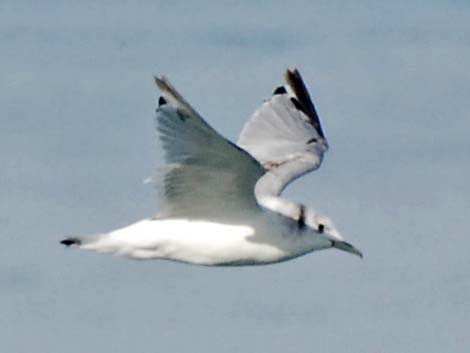 Black-legged Kittiwake Juvenile |
Taxonomy: Charadriiformes, Laridae, Larinae. Favored Habitat: Black-legged Kittiwakes breed on coastal cliffs and feed at sea in far-northern waters. They winter in coastal waters, with small numbers seen as far south as northern Mexico in the Pacific. Where to Find: Don't look for Black-legged Kittiwakes around Las Vegas. Rather, look for them in northern circumpolar waters during summer and along more southern coasts during winter. Around Las Vegas, keep an eye out for them during migration in places like Lake Mead, where one showed up during January 2013. Comments: See the Cornell Lab of Ornithology All About Birds webpage. |
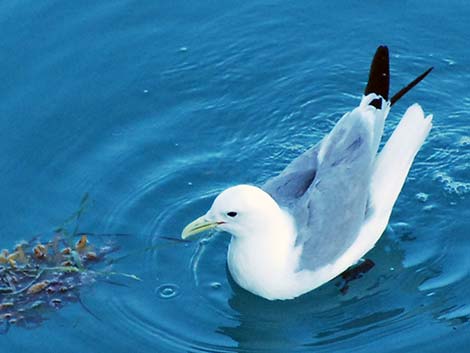 Black-legged Kittiwake adult (Whittier, AK) |
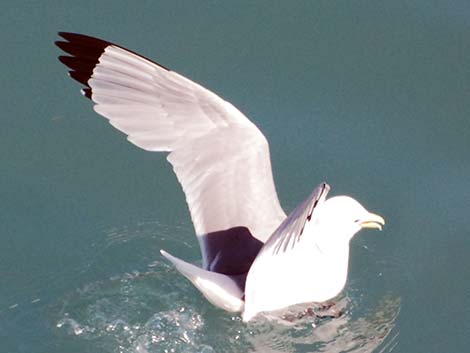 Black-legged Kittiwake adult (Whittier, AK) |
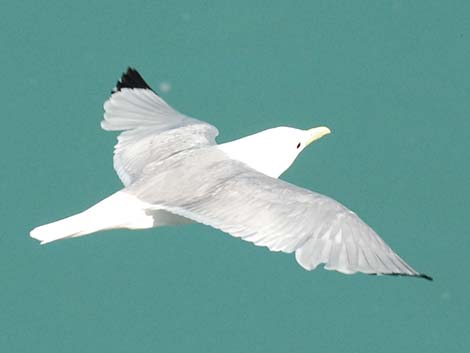 Black-legged Kittiwake adult (Whittier, AK) |
 Black-legged Kittiwake adult (Whittier, AK) |
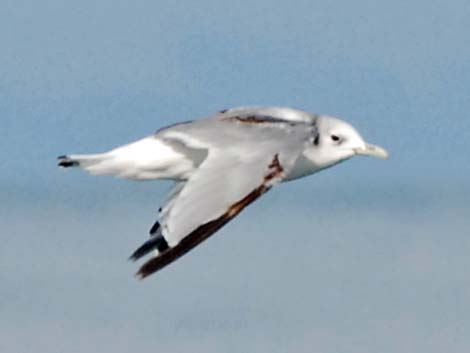 Black-legged Kittiwake juvenile (Yakutat, AK) |
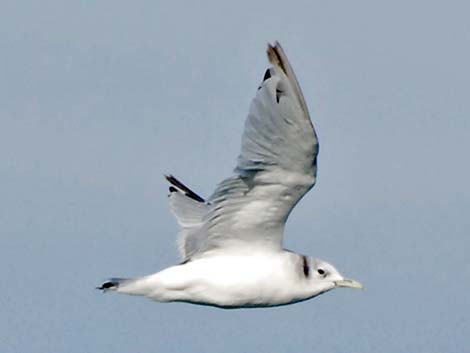 Black-legged Kittiwake juvenile (Yakutat, AK) |
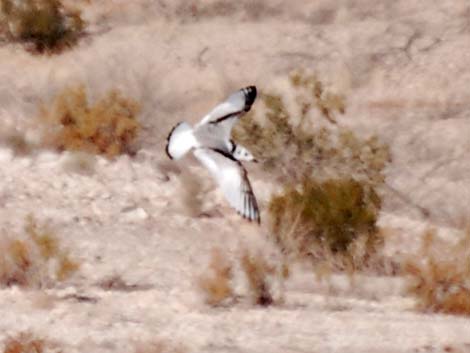 Black-legged Kittiwake juvenile (Las Vegas Wash, Lake Mead) |
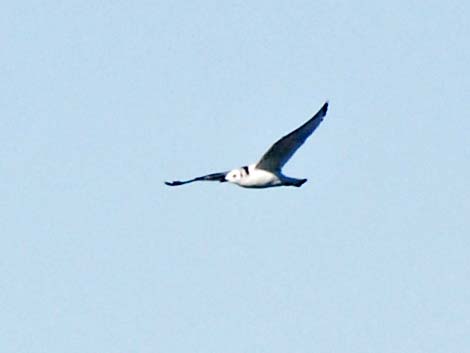 Black-legged Kittiwake juvenile (Las Vegas Wash, Lake Mead) |
 Black-legged Kittiwake nest colony on rocky cliffs (Whittier, AK) |
 Black-legged Kittiwake nest colony on rocky cliffs (Whittier, AK) |
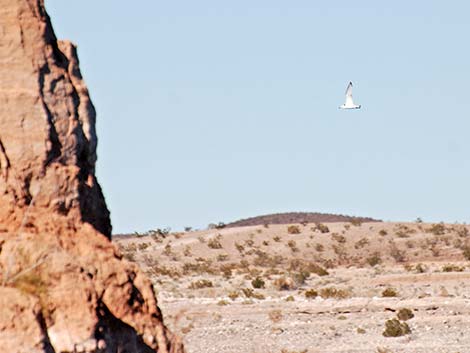 Black-legged Kittiwake at (Las Vegas Wash, Lake Mead) |
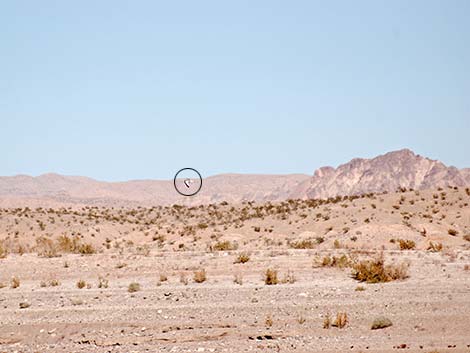 Black-legged Kittiwake at (Las Vegas Wash, Lake Mead) |
| Gulls | Birds Around Las Vegas | Wildlife Around Las Vegas | Glossary | Copyright, Conditions, Disclaimer | Home |